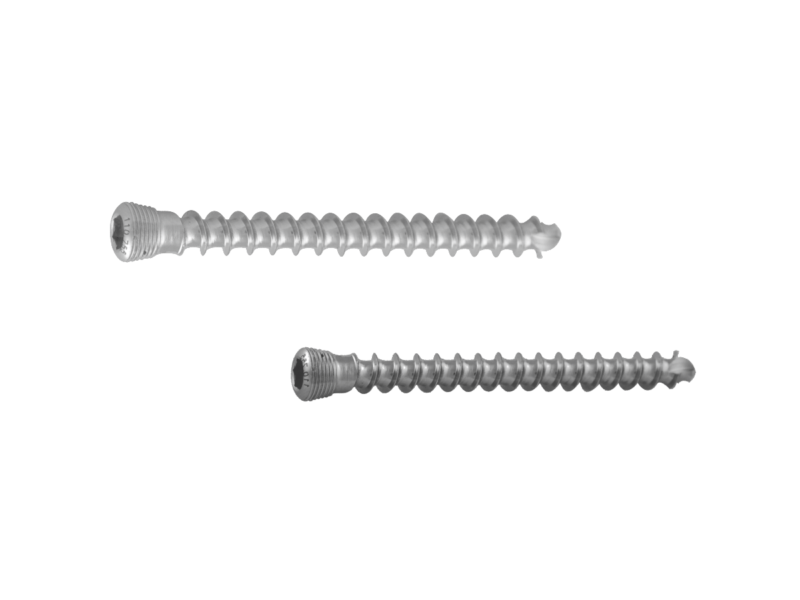Olive oil is produced by grinding olives and extracting oil by mechanical or chemical methods. Green olives usually produce more bitter oil, while ripe olives produce rotten oil, so special attention should be paid to extra virgin olive oil to ensure that the olives are fully ripe. The process is usually as follows:
Grind the olives into a paste using a large millstone (traditional method) or a steel bucket (modern method).
If ground with a grindstone, the olive paste usually stays under the grindstone for 30 to 40 minutes. A shorter grinding process may produce more raw paste, resulting in less oil and a less mature taste; longer processes may increase the oxidation of the paste and reduce flavor. After grinding, the olive paste is spread on the fiber trays, the fiber trays are stacked on top of each other and placed in a press. Pressure was then applied to the chromatography column to separate the plant liquid from the paste. This liquid still contains a lot of water. Traditionally, oil is drained from the water by gravity (the density of oil is less than the density of water). This very slow separation process has been replaced by centrifugation, which is faster and more thorough. The centrifuge has one outlet (heavier water part) and one outlet. Olive oil should not contain large amounts of plant water, as this will accelerate the process of microbial organic degradation. Separation at smaller oil plants is not always perfect, so sometimes a small aqueous deposit containing organic particles is found on the bottom of the oil bottle.
In modern steel drum mills, the grinding process takes approximately 20 minutes. After grinding, the paste is stirred in a specific container for another 20 to 30 minutes (wrong), in which microscopic oil droplets converge into larger drops, which helps mechanical extraction. The paste is then pressurized by centrifugation / water and oil are then separated in a second centrifugation as previously described.
As mentioned above, oil produced solely by physical (mechanical) means is called virgin oil. Extra virgin olive oil refers to virgin olive oil that meets certain high chemical and sensory standards (low free acidity, no sensory defects or very few sensory defects). Higher grades of extra virgin olive oil depend mainly on favorable weather conditions. For example, drought during flowering can lead to lower quality (raw) oil. It is worth mentioning that the yield of olive trees is high every two years. Harvests are higher between alternate years (lower annual yields between trees). However, quality still depends on the weather.
Oil production is sometimes filtered to remove residual solid particles that may shorten product shelf life. The label may indicate that the oil has not been filtered, indicating a different taste. Fresh, unfiltered olive oil usually has a slightly cloudy appearance and is sometimes referred to as cloudy olive oil. This form of olive oil was once only popular among small-scale olive oil producers, but is now becoming “fashionable”, consistent with consumer demand for products that are considered less processed. But in general, filtered olive oil should be preferred if it is not tasted or consumed immediately after production: “Some manufacturers believe that extra virgin olive oil does not require filtration, but filtration can also damage the quality of the oil. Consideration should be given This view. In fact, even after the most effective centrifugation, the water and enzymes contained in the fine particles suspended in pure olive oil can impair the stability of the oil and destroy its sensory characteristics. Filtration allows extra virgin Olive oil is more stable and attractive, and if the suspended particles are not removed, they will slowly agglomerate and flocculate, forming a sediment at the bottom of the storage container, which still carries the risk of enzyme deterioration. In the worst case, The development of anaerobic microorganisms will further damage and health risks. It is recommended to remove them as soon as possible after filtering and centrifuging and finishing.
The remaining paste (pomace) still contains a small amount (approximately 5-10%) of oil, which can only be further extracted by chemical solvents and cannot be extracted. This is done in a specialized chemical plant, not in an oil plant. The resulting oil is not “pure” but “pomace oil”. The disposal of olive waste is an environmental challenge, as wastewater in the Mediterranean region exceeds 30 million cubic meters per year and cannot be biodegraded and cannot be treated by conventional water treatment systems. Cold pressing or cold extraction means “the oil is not heated to a certain temperature during processing (usually 27 ° C (80 ° F)), so more nutrients are retained and less degradation”.















